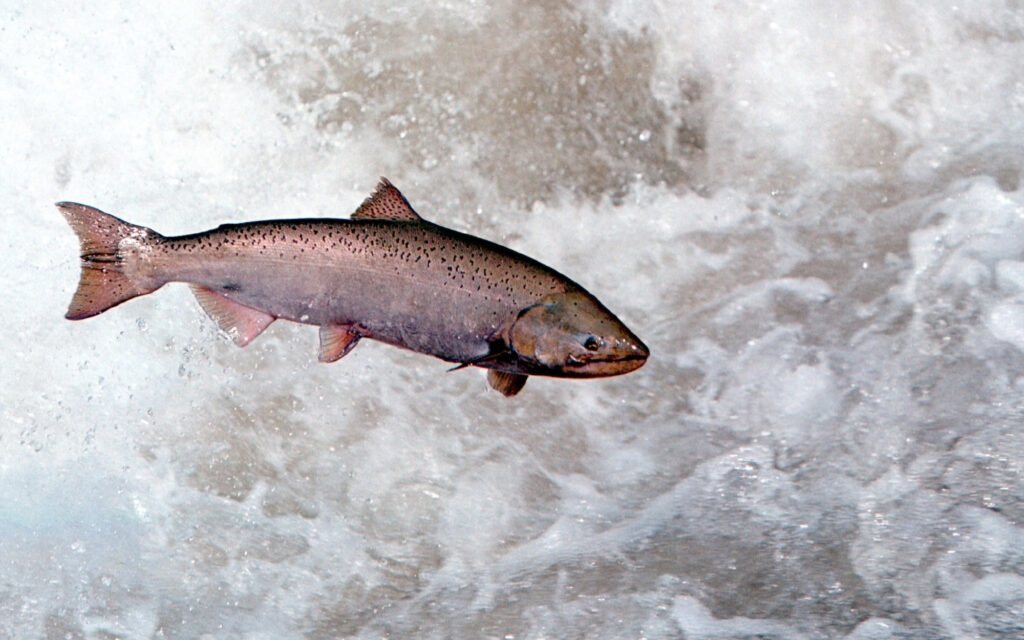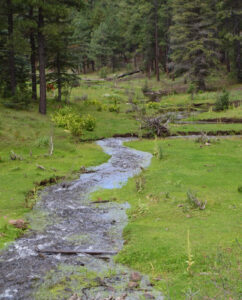As Americans swelter under historic heat waves and seek refuge from triple-digit temperatures, wildlife is suffering, too. This extreme heat is deadly for people and animals alike.
Last summer the West Coast endured record-breaking heat that led to heart-wrenching reports of baby hawks throwing themselves from their nests in a desperate attempt to cool off.
Aquatic species haven’t been spared either.
Fish that evolved over thousands of years to survive in cool waters have died in staggering numbers in recent years, blanketing the surfaces of U.S. rivers. And it’s not just the heat that threatens fish like Pacific salmon and many others. Glaciers that ensure a steady flow of cold water throughout the summer are rapidly disappearing.
This summer’s scorching temperatures will bring more of the same for animals across the country. The grim reality is these events will become more common because our country, among others, has refused to meaningfully address climate change.
The planet’s amazing biodiversity is threatened as plants and animals struggle to adapt to conditions they’re not built for. If we don’t change course, the result will be more of what we’ve already experienced — extinction at a rate our world hasn’t seen in at least 66 million years.
In the Pacific Northwest, climate change-induced heat is pushing the gentle Mt. Rainier white-tailed ptarmigan to the brink.
These shy alpine birds live in meadows nestled high in the Cascades, from British Columbia to Mt. Adams. In the winter they bury themselves under dry, fluffy snow to keep warm. But climate change is making this type of snow rarer, replaced instead by snow with tough crusts.
In the summer ptarmigans prefer wet areas created by melting snowfields and glaciers, which are rapidly disappearing. Temperatures above 70 degrees Fahrenheit stress the ptarmigans, but these temperatures are becoming more common even above the tree line where the grouse live.
Stress from the heat compounds other factors, like drought, disease and habitat destruction, that make it harder for plants and animals to survive.
The Center for Biological Diversity, where I work, has petitioned the U.S. Fish and Wildlife Service to protect the Mt. Rainier white-tailed ptarmigan as threatened under the Endangered Species Act, leading to proposed protection of the little grouse. Many other alpine-adapted species, from adorable American pikas to wolverines to moose, are similarly suffering as our planet warms.
Already going extinct at a rate five times greater than land-dwelling species, it’s our freshwater species that may have the most to lose as heat waves magnify.
During last summer’s heat wave in the Pacific Northwest, shellfish died in unprecedented numbers. In the Southeast, home to an astonishing 91 percent of the unique and irreplaceable freshwater mussel species found across the United States, mussels and other aquatic plants and animals are highly vulnerable to the extreme temperatures we’re experiencing.
Perhaps what’s most frustrating about the extinction and climate crises is that we know how to protect people, animals and plants from future heat waves.
For decades, the science has clearly told us that we need to dramatically reduce greenhouse gas emissions. We also need to protect more of the natural world, particularly carbon-absorbing forests, which incidentally is the same thing we need to do to address another grave threat to animals and our way of life — the extinction crisis.
The only question is whether politicians are brave enough to meet this moment with bold, urgent action.
In the face of climate cowardice by legislators like Sen. Joe Manchin (D-W.Va.), President Biden must take bold action to address the climate crisis and reduce filthy fossil fuel emissions. The stakes, like the excruciating heat we’re experiencing, will only get higher.
Click HERE to read the full article by Noah Greenwald at thehill.com.
Noah Greenwald is the endangered species program director at the Center for Biological Diversity.



